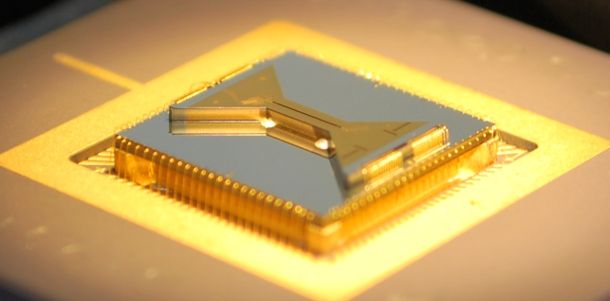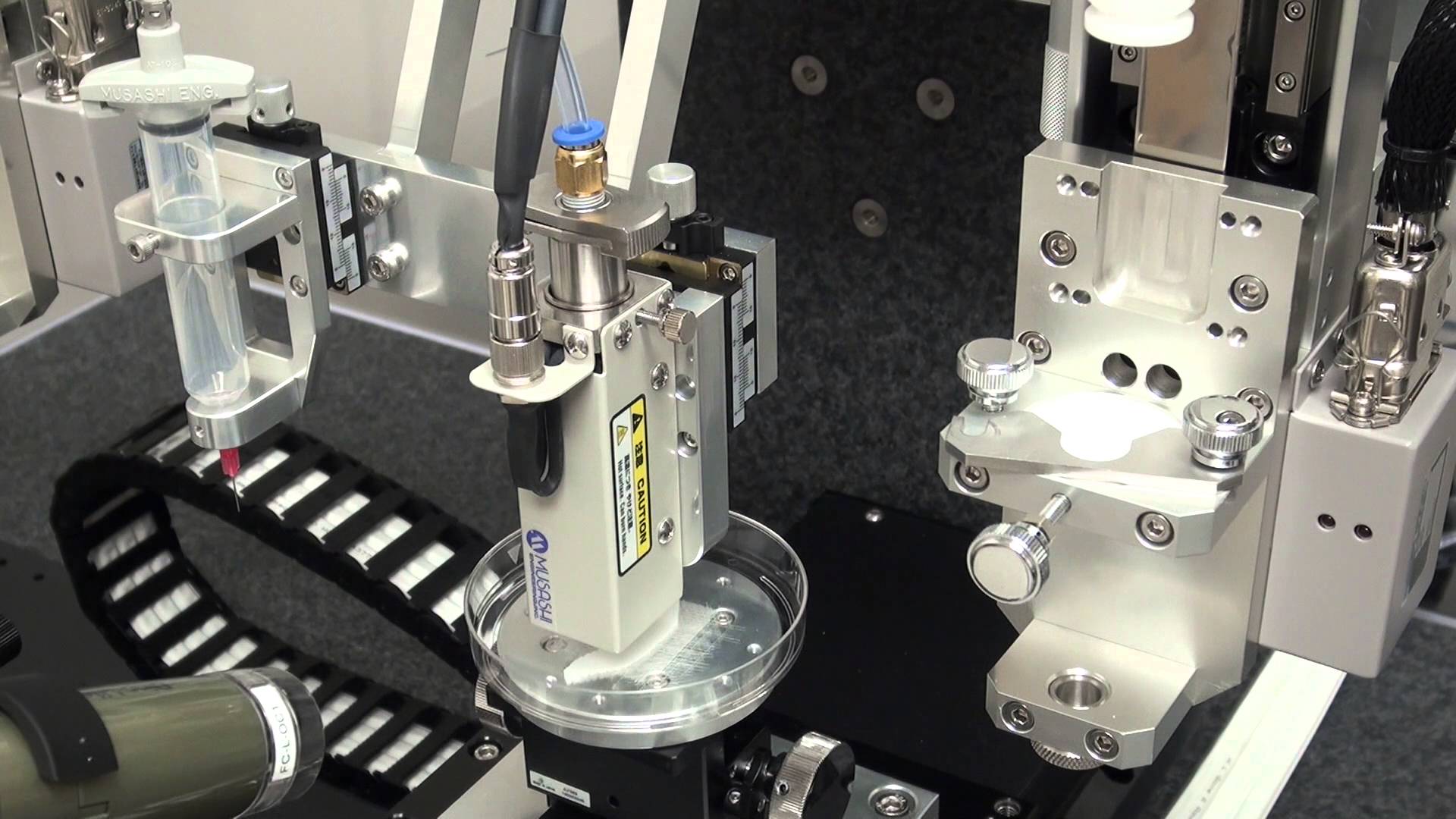
This is very true; everyone knows in order for AI to truly be embraced by both consumers and industry; that Cyber Security on multiple fronts will need to be invested in to ensure better adoption of all the great technology on the horizon.
Though the cyber security industry has lost its momentum in the past several months, partially due to the weakness in the broad technology sector, it is poised for exponential growth in the coming years in the face of increasing cybercrime and the need to protect against these threats. According to Gartner, global security spending will increase 4.7% year over year to $75.4 billion in 2015 with some analysts projecting the global market to grow from $77 billion in 2015 to $170 billion by 2020.
The Q4 earnings reports of several industry players reflect this trend as most of them have beaten our earnings and revenue estimates with an encouraging outlook. Yet, they failed to drive the space and its ETFs higher that might suggest attractive entry point at the current level (read: 16 Bold ETF Predictions for 2016 ).
Let’s dig into the earnings results of some of the cyber security firms that have the largest allocation to the ETFs in this industry:
Read more







